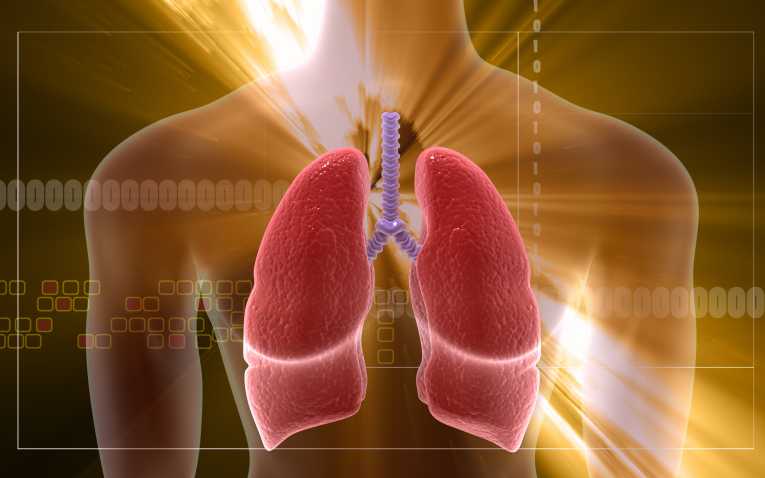A stressful home environment can amplify the damaging effects of air pollution in children, leading to greater lung damage. These are the findings of a research team from the Keck School of Medicine of the University of Southern California.
In a first-of-its-kind study, the team of researchers, led by Dr Talat Islam, developed a questionnaire 'The Percieved Stress Scale' to measure the stress levels of children aged 10-12 in 1400 US families. The children were then assessed for lung damage and exposure to traffic pollutants such as nitric oxide and nitrogen dioxide.
The results showed that children in Asian and Hispanic families and those with a household income of under $30,000 had higher levels of stress. However, what was most significant was that children with higher levels of stress, subjected to the same levels of traffic pollution as those in low stress families, had decreased respiratory function.
Dr Islam's were surprised by the magnitude of the effect higher stress levels had on lung volume in particular. Children in high stress households had an average of 4.8% lower lung volume and 4.5% lower air flow in the larger airways for every 22 parts per billion increase in nitrogen oxides.
"One possible explanation for the stress related pattern of traffic-related pollutants respiratory effects," said Dr Islam, "is the biological pathways common to effects of traffic-related pollutants and stress. Like air pollution, stress has been linked to both inflammatory and oxidative damage at the cellular level, so this may explain the association."
The study, published in the American Journal of Respiratory and Critical Care Medicine even suggested that the effect of stress on traffic-related lung damage was greater than the effects of breathing second-hand tobacco smoke in the home.
The study clearly highlights the needs to reduce traffic pollutants in our towns and cities. Cars are becoming cleaner, but the number of cars on the roads is increasing, wiping out any beneficial effects of more efficient engines and cleaner fuel.
One way to combat the problem, Dr Islam pointed out, would be to reduce the volume of traffic in areas around schools. Clearly, this would benefit children who lived in areas of high traffic pollution by lowering their exposure to pollutants. However, it could also reduce the risk of lung damage in children who travelled from areas with low traffic.










